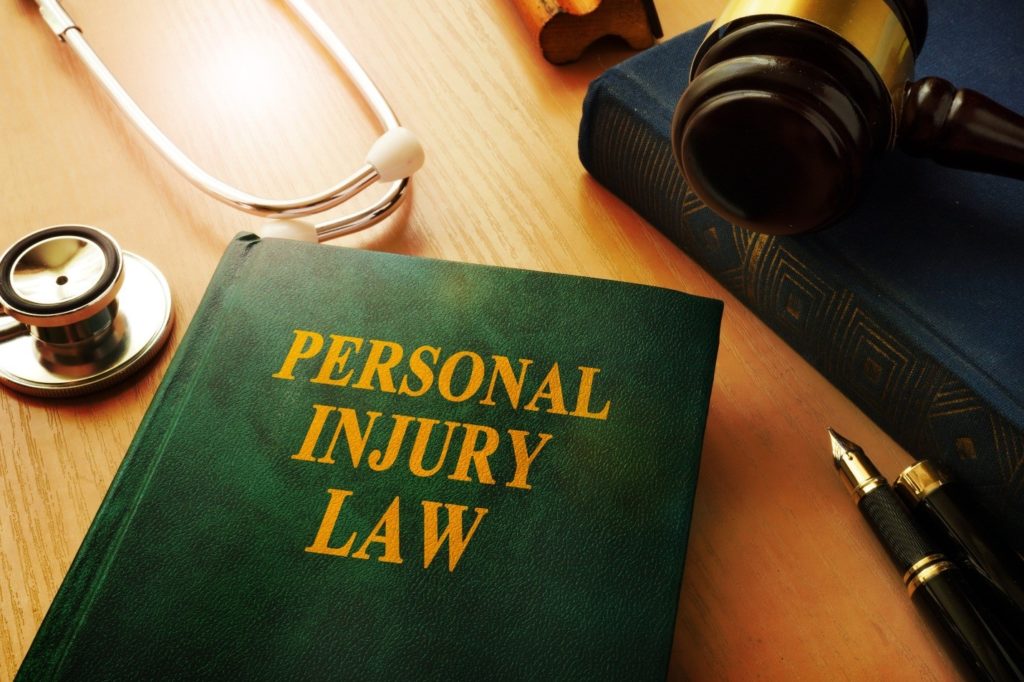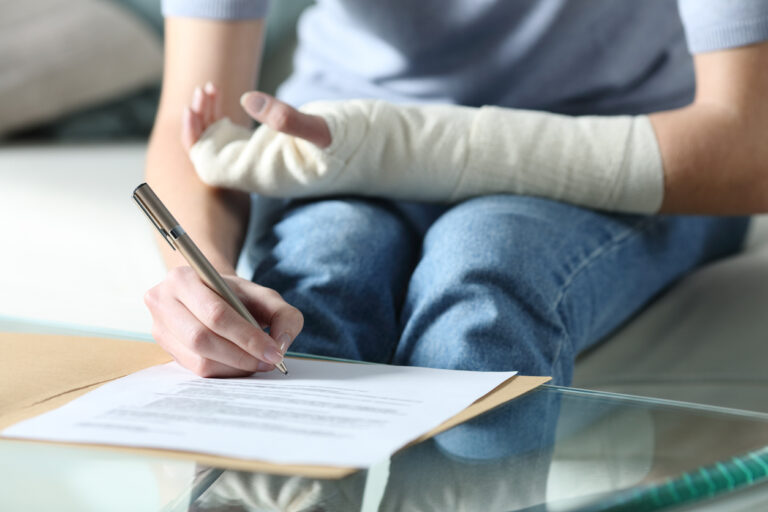Understanding the Personal Injury Lawsuit Process

Personal injury lawsuits can be extremely complex; each individual case is unique, depending on the situation surrounding the accident and the location in which it occurred. However, the goal of personal injury lawsuits is essentially the same, regardless of circumstance: to provide compensation to those who have suffered some sort of harm due to the negligence or intentional actions of others. If you’ve been involved in an accident and you believe someone else is at fault, you may be entitled to compensation for your injuries. Before you get started, however, you need to fully understand the process of filing a lawsuit, from start to finish. Educating yourself will help you to make informed decisions and allow you to navigate the legal system more effectively.
1. First Steps
Seek medical attention. The very first thing you should do in the aftermath of an accident is to get treated for your injuries. Not only is this essential from a health and wellness standpoint, but it’s also important to establish a tangible connection between the accident and any resulting injuries that you suffer.
Get in touch with a lawyer. Your next step after getting medical care is to consult with a personal injury attorney. A qualified, experienced lawyer will be able to advise you on whether or not you have a strong case and can explain all of your available options.
2. Building Your Case
Gather evidence. In order to have a strong case for compensation, you need to have solid evidence that you were injured as a result of someone else’s actions. Evidence can include medical records, witness statements, photographs and any other documentation that supports your claim. Your attorney will work closely with you to collect this evidence.
Determine liability. Establishing liability is another important aspect of the personal injury lawsuit process, and goes hand in hand with gathering evidence. As part of this step, your lawyer investigates the circumstances surrounding the accident in order to prove that it’s the result of the other party’s actions (in other words, that the other party is liable).
3. Filing the Lawsuit
Draft a complaint. As the first step in the filing process, your lawyer will put together a document called a complaint, which outlines the details of the case, as well as the allegations of negligence or intentional injury and the damages you’re seeking. This document is then filed with the appropriate court.
Serve the defendant. Your complaint needs to be served to the defendant (the person you believe is responsible for your injury); this informs them that you are taking legal action against them. Service is usually done by a process server or a member of law enforcement, to ensure that the defendant is properly notified.
4. Discovery Phase
Exchange information. During the discovery phase of a lawsuit, both the plaintiff (you) and the defendant exchange any and all information that’s relevant to the case. This can include requests for documentation, as well as depositions (sworn testimonies). Depositions are used to gather additional information and assess the strength of the opposing party’s case.
5. Negotiations
Negotiate. Many personal injury cases are resolved before they get to trial. You can negotiate directly with the defendant to reach a settlement that is acceptable to both parties; another option is mediation, which involves a neutral third party facilitating your discussion.
Consider a settlement offer. The defendant or their insurance company may make a settlement offer to avoid the time and expense of a trial. Your lawyer plays a significant role here – both in negotiating a settlement and considering the merits of an offer by the opposing party.
6. Pre-Trial
File for a summary judgment (or prepare for trial). If you feel as though your evidence is irrefutable, you can request what’s called a summary judgment, which asks the court to rule in your favor based on the evidence you’ve presented (thus eliminating the need for a trial). If a summary judgment isn’t granted, then the case goes to trial and you and your attorney will have to prepare an effective strategy.
7. Trial
Select a jury and present evidence. If your case goes to trial, then a jury will need to be selected to listen to the evidence. Both your lawyer and the opposing party’s lawyer will participate in the process of choosing jury members, to make sure that they are impartial.
The trial itself involves presenting evidence, examining witnesses and making legal arguments. Your lawyer has the opportunity to present your case and challenge the defendant’s evidence (and vice versa).
The verdict is given and a judgment is made (and enforced). Your lawyer will present a closing argument that summarizes your case and persuades the jury to rule in your favor. The defendant’s attorney will do the same for their side. The jury will then discuss among themselves to reach a verdict. This process can take hours or days, depending on the complexity of the case.
Based on the verdict, the court then issues a judgment (which typically specifies the type and amount of damages that the winning party should be awarded). This amount is collected and provided to the winning party, and the case is closed.
8. Post-Trial
File motions and appeals. Once the trial is over, either you or the opposing party have the right to file post-trial motions; these are essentially requests for the court to schedule a new trial, challenge the jury’s verdict and so on. Bear in mind that a motion is unlikely to be granted unless you can prove that there is a need for one.
Likewise, a losing party might decide to file an appeal to a higher court to overturn or change the decision. The case then moves to an appellate court, which reviews the case for legal errors and decides whether or not to make any changes.
As you can see, the personal injury lawsuit process features many steps and can potentially take months or even years. In order to ensure the best possible outcome, you need a seasoned personal injury attorney by your side. This person will guide you through the process, advocate for your rights and work hard to earn you the compensation you deserve.
If you’ve been injured in an accident and you believe someone else is to blame, contact the Law Offices of Nicholas Parr in Baltimore, MD today to schedule your free consultation. We don’t receive a fee unless we win.










